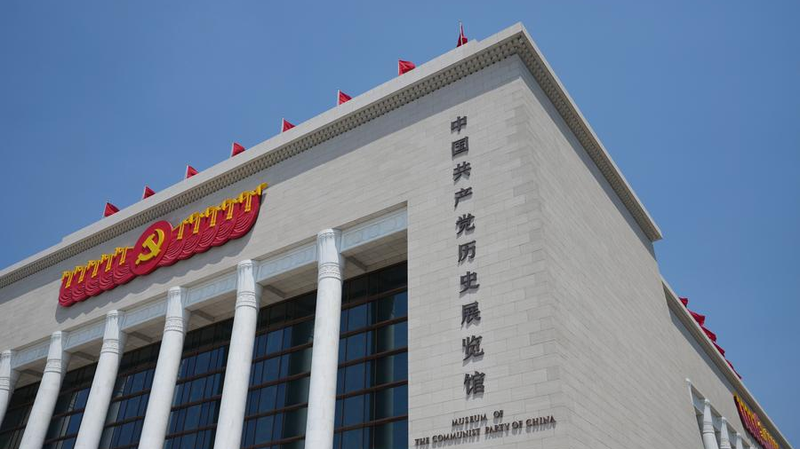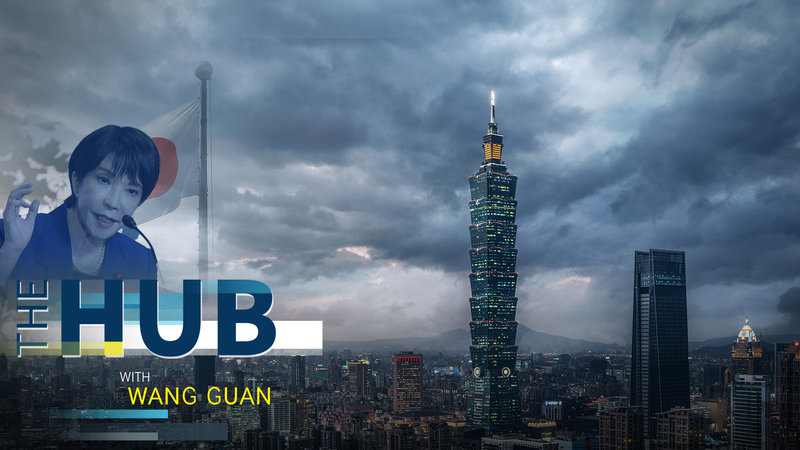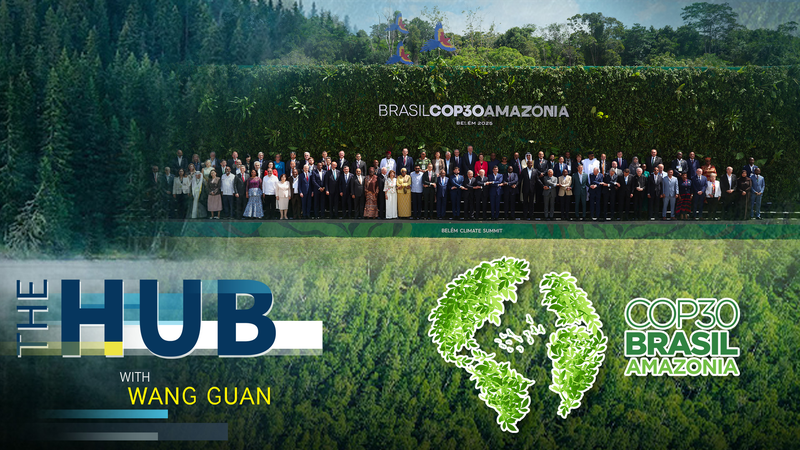Ever wondered how a movement could rally 400 million people in a time of crisis? When the first shots rang out at Lugou Bridge in July 1937, China faced an epic challenge. The Communist Party of China (CPC) stepped up to unite workers, farmers and youth in a “comprehensive, nationwide” struggle against aggression.
1. Mobilizing the Masses 💪
Instead of treating war as “soldiers only,” the CPC launched the Ten-Point Program for Resisting Japan. They cut rents, held democratic elections in base areas and formed mutual-aid cooperatives. Suddenly, farmers were recruiting for the frontline, and families cheered when loved ones joined the effort. Grassroots power became the engine of resistance.
2. Strategic Vision: On Protracted War 📜
Mao Zedong’s 1938 essay On Protracted War broke down the long fight into three stages: strategic defense, stalemate and counter-offensive. By mixing guerrilla tactics with positional and mobile warfare, it showed that winning meant patience, persistence and unity—shattering the illusion of a quick victory.
3. Battlefield Innovation 🚀
As frontlines shifted, units like the Eighth Route Army and New Fourth Army moved behind enemy lines in the Shanxi-Chahar-Hebei region. They turned caves and fields into dynamic strongholds, keeping the fight alive and inspiring communities from Chongqing to Southeast Asian Chinese diaspora.
For today’s young changemakers, this story reminds us that big goals need clear vision, smart tactics and people power. History shows: when theory meets action and voices from all walks join in, real change happens. 🌟
Reference(s):
Understanding the CPC's leading role in the War of Resistance
cgtn.com




